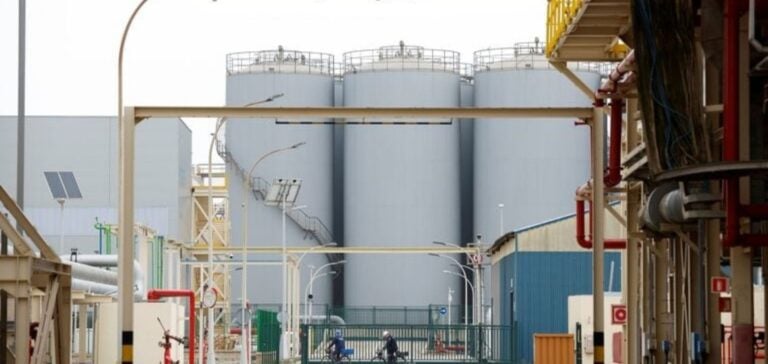The Spanish power grid is relying more heavily on combined-cycle gas plants to maintain voltage stability and offset fluctuations in renewable generation. This greater reliance follows the April 28 blackout, which highlighted the need to reinforce system security. Gas demand for power generation rose by nearly 37% in the first nine months of the year. This level of use reflects the priority given to grid reliability amid variable non-synchronous energy production.
Recovery in domestic demand and rise in exports
According to data from gas transmission system operator Enagás, total gas demand reached 267.6 terawatt-hours (TWh) over the period, an increase of 6.6% compared with last year. This growth is mainly linked to electricity generation, while industrial consumption remained stable. System stability needs led to more frequent use of conventional plants, as gas turbines provide rapid response capability to support grid voltage.
Cross-border gas exchanges also increased, particularly to France. Flows were strengthened to help fill underground storage and supply liquefied natural gas (LNG) terminals. This trend confirms Spain’s growing role as a hub for European gas imports. Interconnections are operating at sustained levels, reflecting the complementarity between the Iberian and French networks in managing regional energy balances.
Structural impact on the energy mix
The greater use of gas highlights the role of Combined Cycle Gas Turbine (CCGT) plants in regulating the electricity system. These units provide inertia and frequency stability that intermittent renewable sources cannot deliver. Following the blackout, their role was reinforced in grid security strategy to limit desynchronization risks. CCGTs remain a key flexibility lever for absorbing fluctuations in supply and demand.
Whether this trend continues will depend on weather conditions, renewable generation levels, and gas import flows through the end of the year. The evolution of the European market and the availability of interconnection infrastructure could continue to influence the use of gas-fired plants. Data from Enagás underscores a period of high natural gas use as grid stability remains a national priority.






















